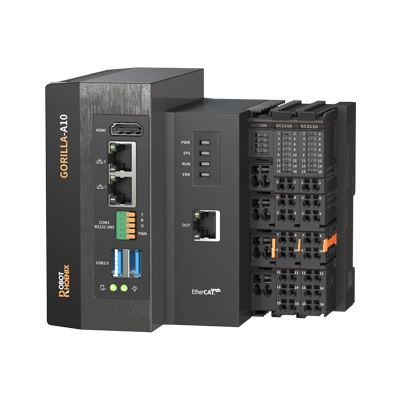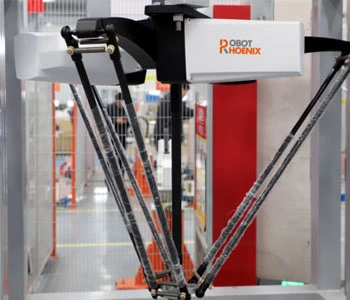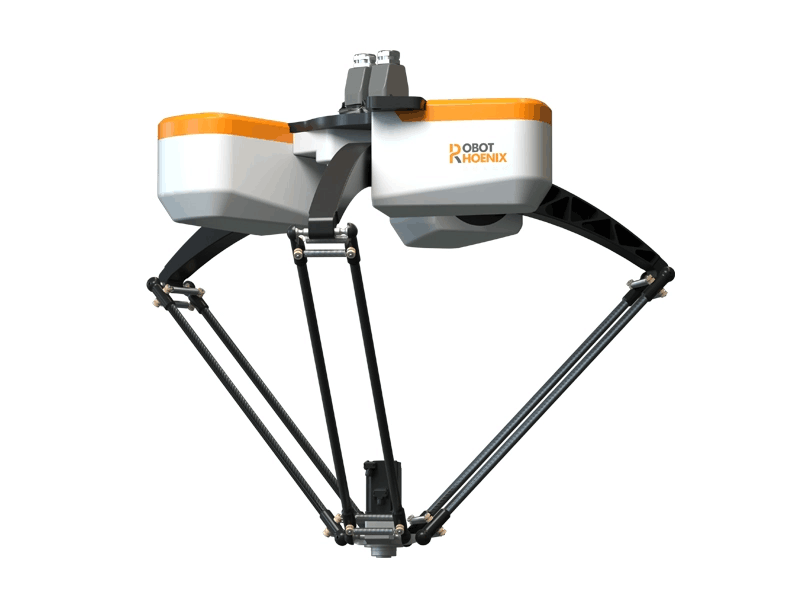As industries increasingly pivot towards sustainability, the world of automation is embracing eco-friendly practices to reduce environmental impact. This passage explores the integration of green practices in robot production lines, shedding light on how sustainable automation is reshaping the landscape of manufacturing.
Efficient Resource Utilization: Reducing Waste, Maximizing Output
Sustainable automation in robot production lines begins with the adoption of lean manufacturing principles. This approach emphasizes the reduction of waste, both in materials and energy. By streamlining processes and optimizing resource utilization, manufacturers can minimize the environmental footprint of robot production. Lean manufacturing not only enhances efficiency but also aligns with eco-friendly practices, ensuring that every step in the production line contributes to sustainable outcomes.
Renewable Energy Integration: Powering the Future of Robotics
To further enhance sustainability, robot production lines of industrial robot supplier are increasingly integrating renewable energy sources into their operations. Solar and wind-powered facilities are becoming commonplace, harnessing natural resources to generate the energy required for manufacturing processes. By reducing reliance on non-renewable energy, these production lines contribute to a more sustainable future, where the very act of producing robots aligns with environmental responsibility.
Materials Innovation: Sustainable Sourcing and Recycling Initiatives
Green practices extend to the materials used in robot production. Sustainable sourcing involves selecting materials with minimal environmental impact, whether through responsible mining practices or the use of recycled materials. Manufacturers are increasingly opting for eco-friendly alternatives, ensuring that the robots produced have a reduced ecological footprint from their very inception.
Innovative recycling initiatives are becoming integral to sustainable automation. Closed-loop recycling systems are implemented to ensure that materials used in robot production can be recycled and repurposed within the production line itself. This not only minimizes waste but also contributes to the circular economy, where materials maintain their value through multiple life cycles.
Energy-Efficient Manufacturing Processes: Greening the Production Line
The integration of advanced industrial robotics and machine learning technologies plays a pivotal role in sustainable automation. These technologies optimize manufacturing processes, ensuring that energy is used efficiently and production cycles are streamlined. Smart robotics on the production line can adapt to real-time data, making decisions that prioritize energy conservation without compromising on productivity.
Energy recovery systems are employed to capture and repurpose energy generated during manufacturing processes. For instance, braking energy from robotic arms can be harnessed and reused within the production line. These systems not only contribute to sustainable automation but also enhance the overall efficiency of the production line.
Green Certification and Standards: Paving the Way for Responsible Manufacturing
To demonstrate their commitment to sustainable automation, many robot production lines are seeking green certifications and adhering to environmental management systems. These certifications, such as ISO 14001, set standards for minimizing environmental impact and promoting responsible manufacturing practices. By aligning with recognized green standards, robot production lines showcase a dedication to sustainable and eco-friendly processes.
Life cycle assessments are employed to evaluate the environmental impact of robots from production to disposal. This comprehensive analysis allows manufacturers to identify areas for improvement and implement strategies that minimize the overall ecological footprint. By conducting life cycle assessments, robot production lines can fine-tune their processes for maximum sustainability.
In conclusion, the infusion of green practices into robot production lines marks a significant stride towards a more sustainable future. From efficient resource utilization to renewable energy integration, materials innovation, energy-efficient manufacturing processes, and adherence to green certifications, sustainable automation is redefining the way robots are produced. As industries continue to embrace environmental responsibility, robot production lines stand as beacons of sustainable manufacturing, showcasing that efficiency and eco-friendliness can coexist in the ever-evolving landscape of automation.
 Learn More
Learn More 
 EN
EN  ja
ja  ko
ko  fr
fr  de
de  es
es  ru
ru  pt
pt  ar
ar  vi
vi  ur
ur 




